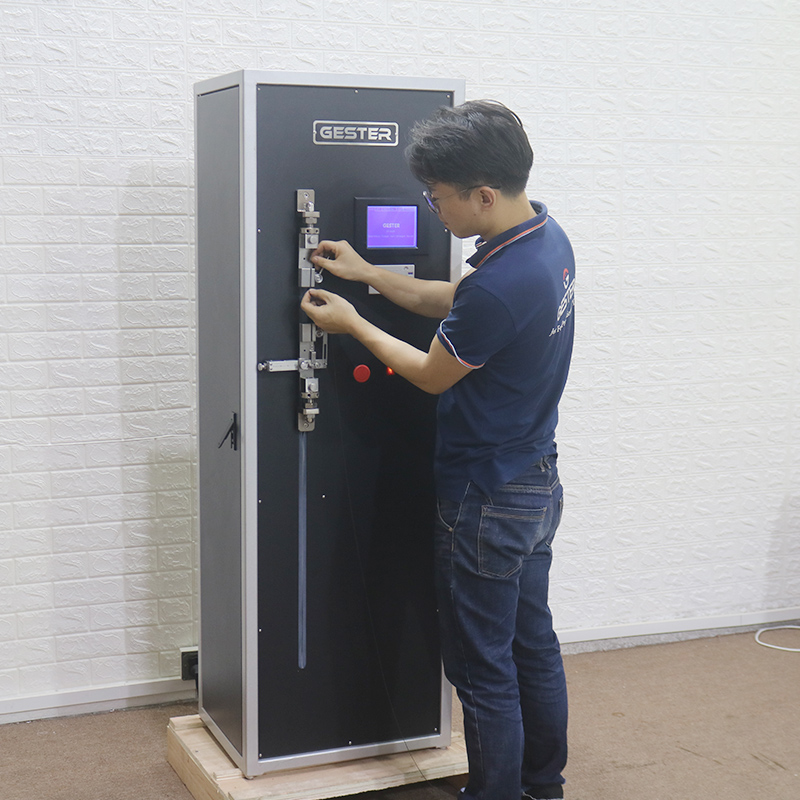Is your air compressor the unsung hero of your workshop, or a source of unexpected downtime? Like any critical equipment, a little proactive care goes a very long way. Proper maintenance isn’t just about fixing problems—it’s about preventing them, ensuring safety, saving energy, and dramatically extending the life of your investment.
At Xiamen Subang Technology Co., Ltd., we don't just manufacture durable air compressors; we believe in empowering our customers with knowledge. Here’s our expert guide to keeping your compressor—whether it's a Subang model or another brand—running smoothly for years to come.
The Pillars of Compressor Care: A Routine Checklist
Think of maintenance in three layers: Daily, Weekly/Monthly, and Seasonally/Annually.
1. Daily/Pre-Use Checks (The 2-Minute Ritual):
-
Drain the Tank: Condensate (water) accumulates naturally in the air tank. Before or after each use, open the drain valve at the bottom to release moisture. This prevents internal rust, which weakens the tank and contaminates your air lines.
-
Visual Inspection: Quickly check for any signs of oil or air leaks, loose hoses, or unusual vibrations.
-
Check Pressure Levels: Ensure the cut-in and cut-out pressures are operating normally.
2. Weekly/Monthly Maintenance (The Core Routine):
-
Clean Intake Vents: A clogged air filter makes your compressor work harder, reducing efficiency and increasing wear. Check and clean the intake filter regularly. For our Subang dual-cylinder compressors, this is especially crucial to maintain their cooling efficiency.
-
Inspect Hoses & Connections: Look for cracks, frays, or wear on air hoses. Tighten any loose fittings.
-
Check Oil Levels (if oil-lubricated): Ensure the oil is at the proper level and is clean. Dark, dirty oil needs changing (refer to your manual for intervals).
3. Seasonal/Annual Tasks (The Deep Care):
-
Change Air Filter Element: Replace the intake air filter according to the manufacturer's schedule to ensure clean air intake and optimal performance.
-
Change Oil (if applicable): Use only the recommended compressor oil.
-
Inspect & Tighten Belts: For belt-driven models, check tension and condition.
-
Safety Valve Test: Manually pull the safety relief valve to ensure it opens and closes freely. This is a critical safety device.
-
Professional Servicing: Consider a professional check-up for electrical components and internal valves annually.
Why Your Compressor’s Design Matters: The Subang Advantage
Maintenance is universal, but some designs make it easier and less frequent. This is where Subang Technology’s engineering philosophy shines.
Take our flagship Subang S-Dual 800 dual-cylinder air compressor. Its design inherently supports easier upkeep:
-
Cooler Running: The dual-cylinder design inherently operates at lower temperatures than single-cylinder models. Less heat means less stress on oil (if lubricated) and components, slowing degradation and extending service intervals.
-
Reduced Vibration: Smoother operation means nuts, bolts, and connections are less likely to shake loose, minimizing leaks and wear on ancillary parts.
-
Built for Duty: We use robust materials and precision manufacturing to create compressors that withstand the demands of professional use, meaning they stay within their optimal performance parameters longer when maintained properly.
Partner with Subang for Peace of Mind
At Xiamen Subang Technology, we see ourselves as your partner in productivity. We build reliability into every 800W motor, every dual-cylinder block, and every tank we produce. Our goal is to provide you with an air power solution where quality design reduces surprises and simplifies care.
Looking for a compressor that’s built to last and easy to maintain? Explore the Subang S-Dual series. Discover how our commitment to intelligent engineering, like our efficient dual-cylinder technology, delivers not just power, but also the durability and low-maintenance operation your business deserves.
Visit our website or contact us today to learn more about our full range of professional air solutions. Let Subang Technology be the reliable heart of your workshop.

